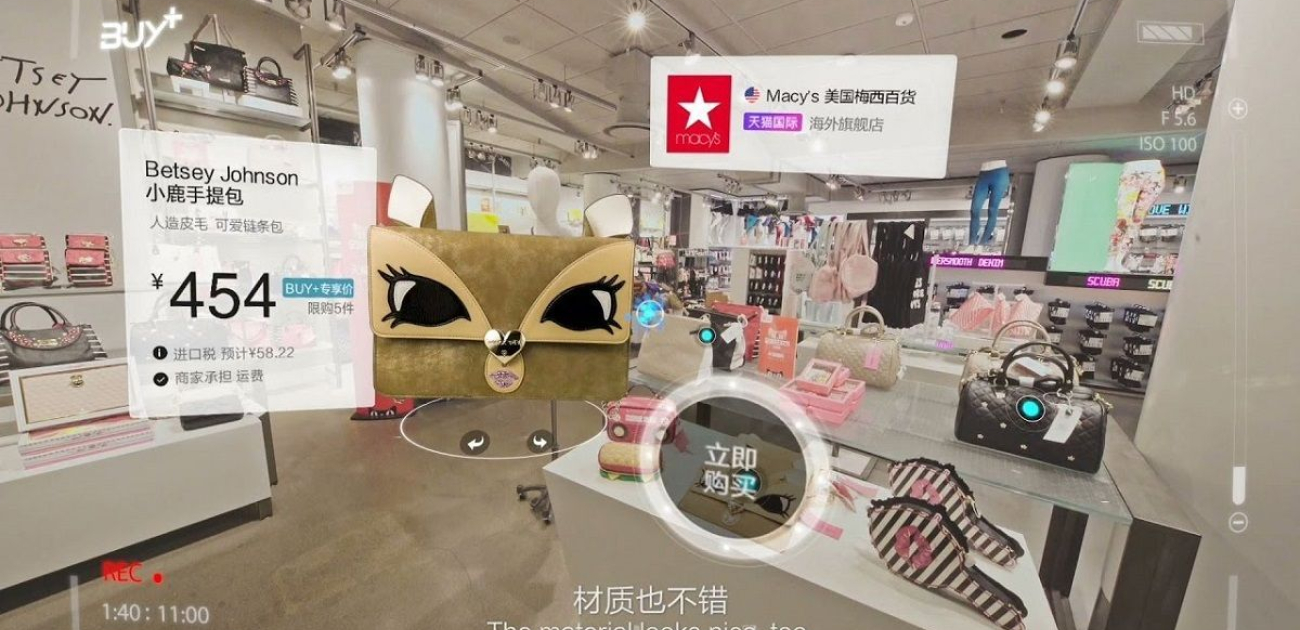Augmented Retail: The Use of Artificial Intelligence and Augmented Reality to Enhance the Customer Shopping Experience
As competition between brick-and-mortar stores and online shopping continues, retailers with physical stores are using cutting edge technologies to offer unique shopping experiences and added service to consumers.
One type of technology that is being used in brick-and-mortar stores is artificial intelligence. Amazon, arguably one of the most disruptive forces to traditional retail, is now entering the brick-and-mortar retail market using artificial intelligence in its Amazon Go stores. As we have previously written, Amazon Go stores offer customers an automated shopping experience by using an app and other in-store technology to determine which items customers have selected from the aisles. These are added to the customer’s Amazon shopping cart and are charged to the customer’s Amazon account, allowing the stores to remove checkout lines. Amazon currently has Go stores in Seattle and Chicago, with plans to expand to San Francisco and New York . While the stores currently sell only pre-packaged food, Amazon’s recent acquisition of Whole Foods has led to speculation that fresh produce may soon be available, further revolutionizing the brick-and-mortar grocery shopping experience.
In addition to artificial intelligence, augmented reality is being integrated into the shopping experience through a combination of in-store equipment and mobile apps. American Apparel has developed an app through which users scan signage in the store to access additional information about the products. Timberland created a “virtual fitting room” in one of its stores which projects an image of a passing customer on a large screen and allows customers to experiment with different clothing styles and see how the various outfits would look on a personalized image.
Other retailers are using augmented reality apps to provide customers with an opportunity to shop remotely. The Ikea Place app allows customers to use the cameras on their mobile devices to evaluate how furniture would look in various locations within their homes. Customers can select furniture items in the app, point their device at an areas of a room, and an image of the furniture will be virtually appears. Other furniture retailers are also investing in augmented reality, with Williams Sonoma recently purchasing Outward, an augmented reality company, for $112 million.
Sephora is taking a broad approach to technology, with a combination of an augmented reality mobile app as well as in-store technology. Sephora’s Virtual Artist app can be used outside of stores and allows customers to take an image of their face from their mobile phone and overlay different types of makeup. However, Sephora also offers various tools in its brick-and-mortar locations, such as Fragrance IQ, which provide opportunities for customer personalization. Fragrance IQ is a touch screen kioskwhich takes customers through a series of questions to determine what types of fragrances best suit their preferences. The kiosk even allows customers to sample scents through an “InstaScent” feature.
Although consumers have become accustomed to the convenience of online shopping, recent experience shows that augmented reality and artificial intelligence technology can be used by retailers to offer innovative, convenient and personalized service at brick-and-mortar locations.


